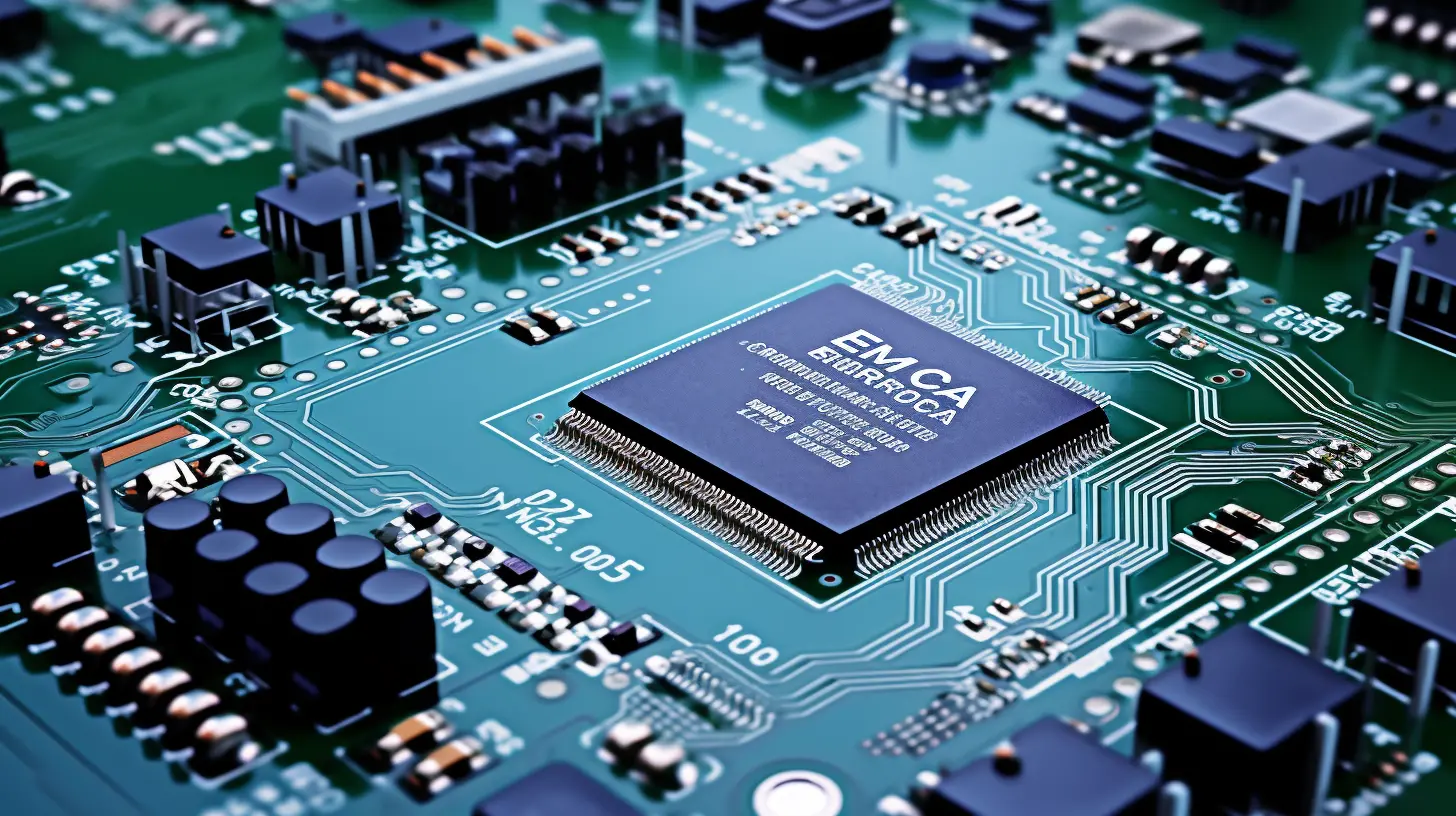As the demand for faster and more efficient electronic devices increases, the role of high-frequency, high-speed PCB circuit boards has become more critical. These advanced technologies not only boost performance but also improve the reliability of electronic components. This article showcases some of the successful applications of high-frequency and high-speed PCBs across different industries.
With the rapid advancements in technology, traditional PCB designs often fail to meet the increasing demands for speed and frequency in modern electronics. This limitation can lead to slower processing speeds, higher power consumption, and overall device inefficiency. Industries ranging from telecommunications to automotive electronics all face the same challenge: how to enhance the performance of their devices without compromising reliability.
High-frequency, high-speed PCBs provide a robust solution to these challenges. With advancements in materials and manufacturing processes, these PCBs can operate at higher frequencies while maintaining signal integrity and minimizing loss. The introduction of materials such as low-loss substrates and advanced circuit design techniques has significantly helped in overcoming the limitations of traditional PCBs.
In the telecommunications industry, high-frequency PCBs are pivotal for enabling faster data transmission and improved signal clarity. These boards support the demands of 5G networks, allowing for higher bandwidth and reduced latency in communication systems.
Moreover, the automotive sector has seen a transformation through the integration of high-speed PCBs, particularly in the realm of advanced driver-assistance systems (ADAS). These systems require rapid and accurate processing to ensure safety and reliability, making high-speed circuitry essential.
The benefits of using high-frequency and high-speed PCBs are significant. Not only do they support faster processing speeds, but they also enhance operational efficiency and energy conservation. Devices equipped with these advanced circuit boards can handle more complex tasks without overheating or suffering from signal degradation.
Looking ahead, the demand for high-frequency and high-speed PCBs is expected to grow as industries continue to innovate and push the boundaries of what is possible in electronics. The ongoing research and development in materials and design techniques promise even greater advancements in the capabilities of PCBs.
In summary, high-frequency, high-speed PCB circuit boards are not just a supplementary component in modern electronics; they are central to achieving enhanced performance and reliability across various industries. As technology progresses, so will the applications and techniques surrounding these essential components.

